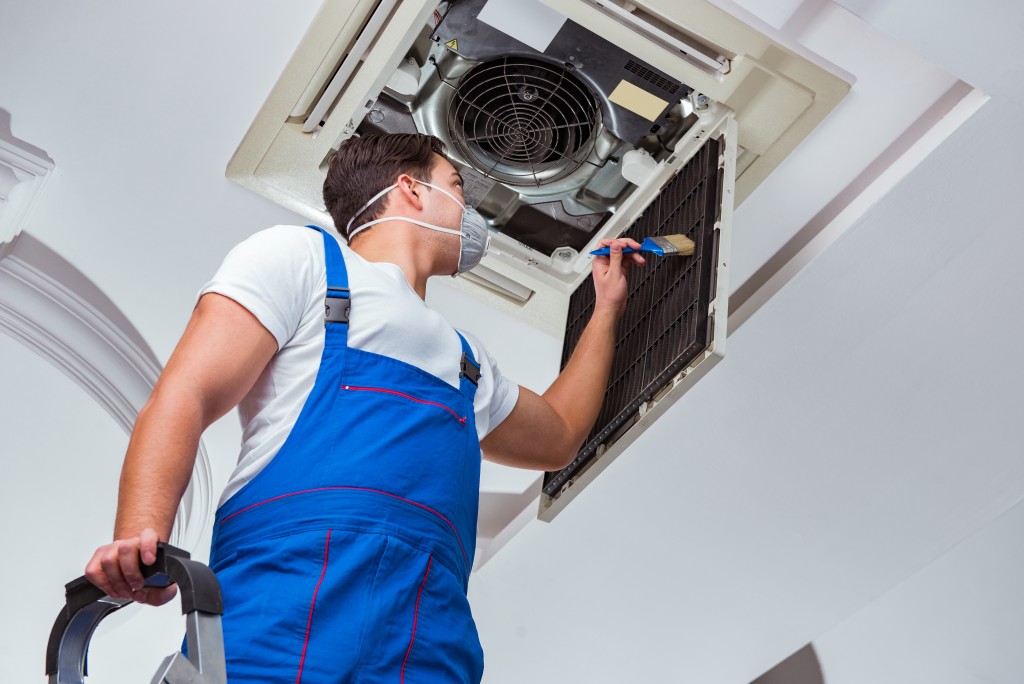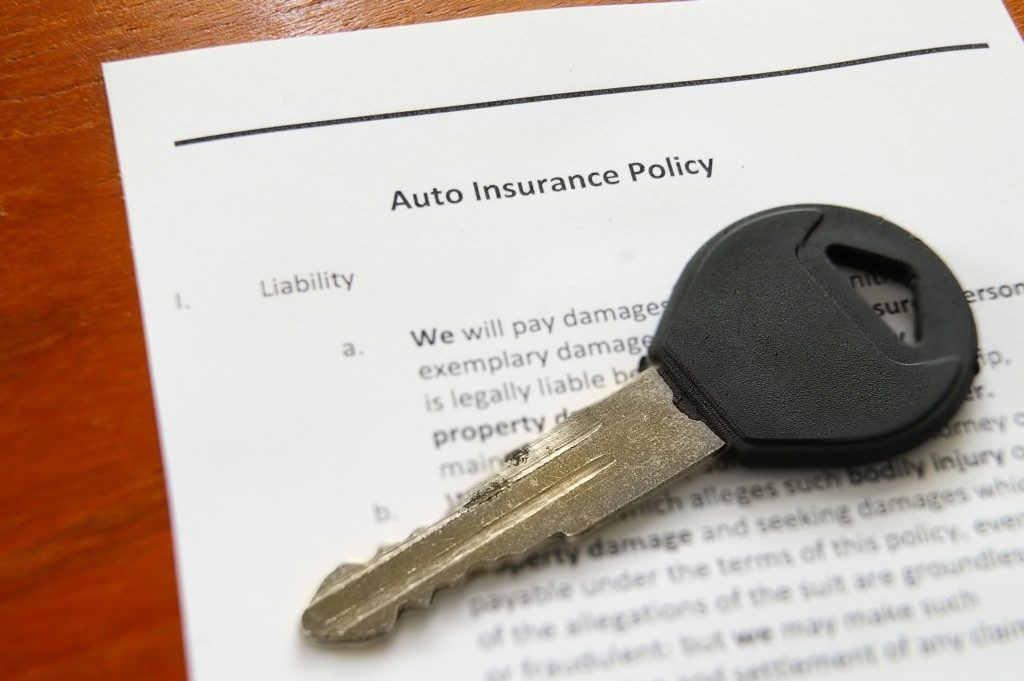Compressed air is a requirement in various industrial applications. The automotive sector, for instance, use this form of air to pneumatic tools. Plus, some manufacturers use compressed air for daily process operations, such as oxidation, refrigeration, and aeration.
During a standard work cycle, air compressors use considerable volumes of energy. If you’re not careful, you could end up wasting energy that will eat up your business finances. Investing time and attention into your compressed air system will help you uncover and fix inefficiencies to save you money.
Here are five suggestions to optimise your compressed air system:
1. Clean or Replace Filters and Dryers
Your business can cut operating expenses by cleaning the air compressor dryer and filter regularly. The dryers and filters play a crucial role in removing water from the compressed air and collecting dirt and dust from the incoming air. Thanks to these filters and dryers, the ambient air would have zero particulates by the time it goes through the equipment’s pressurisation chamber. Your pneumatic tools and other machines that rely on compressed air will work more efficiently if the pressurised air is free of contaminants.
Depending on the frequency and volume of your business operations, you’ll need to clean the dryers and filters monthly or weekly. When performing maintenance on these components, make sure that you get rid of the dirt before restarting the compressor.
Also, remember to clean the point-of-use filters or other secondary filters located outside the actual compressor system. If you find these filters soiled or worn out, take them out and install a high-quality replacement.
2. Switch off Your Compressor During Off-Peak Hours
Another way to cut down on compressed air costs is to simply power off the system when you’re not using it. Air compressors that are on standby mode generate phantom energy, which increases the utility bills of your company.
Here’s another way to look at the situation: A week is composed of 168 hours. Unless you need to use an air compressor system for processes that operate around the clock, you don’t have a solid reason to keep your compressor on nonstop. Using the system during weekday production hours (five days a week, eight to 12 hours per day) translates to 40 to 60 hours a week. Reducing the hours of usage decreases your energy consumption, which results in savings on your succeeding utility bills.
3. Change Your Piping Setup

The pipes in your compressed air system need to be wide enough to decrease pressure drop and enable the optimal flow. What’s more, these pipes must travel the shortest distance possible to minimise the length of flow. If the flow is lengthy, it could raise the likelihood of a pressure drop. Having wider pipes reduces the drop in pressure, as air can keep its pressure steady and travel more quickly.
Piping systems in recent years have changed on new compressed air system models. If your existing pipes are only able to accommodate older and smaller compressors, consider reconfiguring the piping setup. One thing you could do is to install pipes that have a wider diameter. Your goal is to set up your pipes that make the flow of compressed air as wide and as short as possible. Short and wide piping will make your pneumatic tools or systems operate more efficiently.
4. Check the Condition of the Condensate Drains
The condensate drain plays a vital role in a compressed air system. It gets rid of the condensate together with other contaminants without shutting down the system or wasting excess compressed air.
A malfunctioning condensate drain can bump up your compressed air costs. Take an air compression system with a timer drain as an example. When the timer sets off, the drain valve opens automatically. If the machine is on idle when this happens, the drain could inflict unwanted wear and tear on the air compressor.
If the drain becomes stuck in the open position, it will cause more problems down the line. Compressed air will eventually leak from the machine and translate to higher utility expenses.
You could get around this issue by installing a zero-loss drain. This component stops air loss every time you perform a condensate drain. Investing in this type of drain also cuts down on maintenance expenses associated with problems on timer drains.
5. Hire an Auditor for Your Facility
An auditor will help you determine the amount of compressed air for every application. A professional and comprehensive audit enables you to obtain scientific data on the performance of your air compressor. Based on the audit readings, you’ll learn how efficient your machine is operating and gain valuable insights and recommendations to help minimise compressed air system costs.
These five suggestions will help your facility cut down on compressed air expenses. Remember to integrate these cost-saving practices into your next maintenance schedule or business plan.



